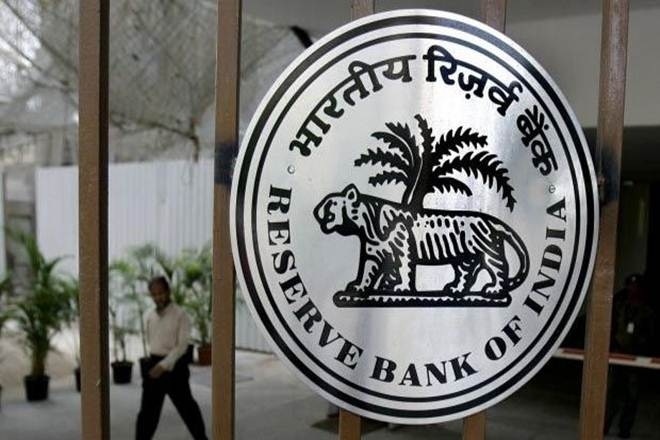By Soumya Kanti Ghosh
& Soumyajit Neogi
Globally, there has been a paradigm shift in central banking since December 2018. The Fed has now shifted its stance decisively from rate hikes to keeping hold in 2019 and even a rate cut (as markets have started to believe)! Back home, RBI faces a similar predicament. With $14bn portfolio capital outflows turning into $8bn capital inflows beginning February, RBI has already started to aggressively recoup its reserves. Against this background, it is imperative that we spell out the contours of the current liquidity management framework by RBI and the challenges it faces.
First, a brief recap. In 2007, RBI decided to move from the non-collateralised segment to the collateralised market for borrowing with the specific intent to insulate the banking system from contagion risk in the overnight market and ensure that financial stability becomes the overriding concern in policymaking. The non-bank participants (except primary dealers), were completely phased out from the call/notice money market. Therefore, stability in the call market was ensured, but at the same time the call rate has become insensitive to credit conditions at a system level. Moreover, with this move, the pure credit risk was mapped onto individual banks and hence the price for short-term borrowings became owner-sensitive.
Now, fast-forward to the current inflation targeting regime. With inflation targeting and the subsequent decision to allow the call rate to move close to the policy rate, this emphasises that we may have now started to overtly emphasise the non-collateralised segment of the market. This is a classic problem of time inconsistency in monetary
policymaking.
Before we further discuss the appropriateness of using call rates as a suitable proxy for liquidity, let us also understand how different is the Fed Fund Target Rate as opposed to India’s corridor-based approach, since it has been often used as a benchmark for understanding our framework. In effect, Fed executes policy decisions by conducting open market operations on a regular basis to ensure that overnight rates coincide with the target rate. The process is through regular infusion and absorption of liquidity through trading at the open market trading desk at the Federal Reserve Bank of New York. The process is regular and without announcement, i.e, avoiding announcement effect.
However, in India, as per the monetary policy framework, the central bank does not target any specific rate but rather a band called ‘corridor’. The corridor is a three-tier approach—marginal standing facility (MSF) rate and reverse repo rate are the floor and ceiling of the corridor. The corridor is taken as the binding constraint for the daily movement in the weighted average call money rate. Additionally, the share of uncollateralised call money has declined significantly in India and is currently around 10% whereas the share of the non-collateralised segment in the US is around 35%. Clearly, the Indian and US markets are quite different.
Interestingly, US is a unique nation, one which maintains the largest current account deficit, but at the same time is the largest exporter of capital, as US is the reserve international currency (the familiar Triffin Paradox). On a net basis, US is thus the source of global liquidity flows ensuring that liquidity shocks in US stay mostly endogenous. Whereas, for India, or most other EMs, being importers of capital/liquidity, domestic liquidity is typically exposed to exogenous shocks, and that plays a critical role in managing liquidity. This contradiction is clear in the current RBI liquidity management that seeks to balance durable liquidity management along with managing frictional liquidity management. This is a real challenge for any central bank in a regime where capital flows are fickle and volatile.
Coming back to the call rate, we believe RBI could take a holistic assessment of the current liquidity framework. For example, the incremental credit deposit ratio is currently running well over 100% and the spread of CD over repo is close to 200 bps. Such a large gap indicates that the market needs to be communicated with better regarding the contours of current liquidity challenges and, perhaps, a different indicator (say, risk spreads, etc) should be used. After all, banks borrow from the RBI window only against collateral that might be in short supply now. Interestingly, if that is the case, banks that are unable to borrow from the RBI window will have to mobilise competing deposits at a higher cost which again could act as a constraining factor in rate transmissions! In fact, even the CBLO segment being fully collateralised doesn’t capture ongoing systemic or unsystematic credit conditions.
Finally, we should also be ready to absorb surplus liquidity from the system without the need for providing collateral in exchange (as off now). In this context, RBI has been planning to introduce a (low) remunerated standing deposit facility (SDF) that till now has not been implemented. The SDF has several potential benefits that could introduce an operational flexibility in sterilisation by RBI and, hence, the exchange rate.
We believe the time is now opportune for the government and RBI to also move ahead towards implementing SDF as it will serve the a three-fold purpose of (a) negating the costs of sterilisation in terms of its non-impact on interest rates and (b) since the SDF comes with the conditionality of no collateral of G-secs, it will free up securities from SLR holdings and, hence, will lead to an increase in demand for bonds and (c) this move will also ensure a lower supply of government bonds through less issuance of cash management bills. Clearly, the liquidity framework needs to keep pace with changing times!


